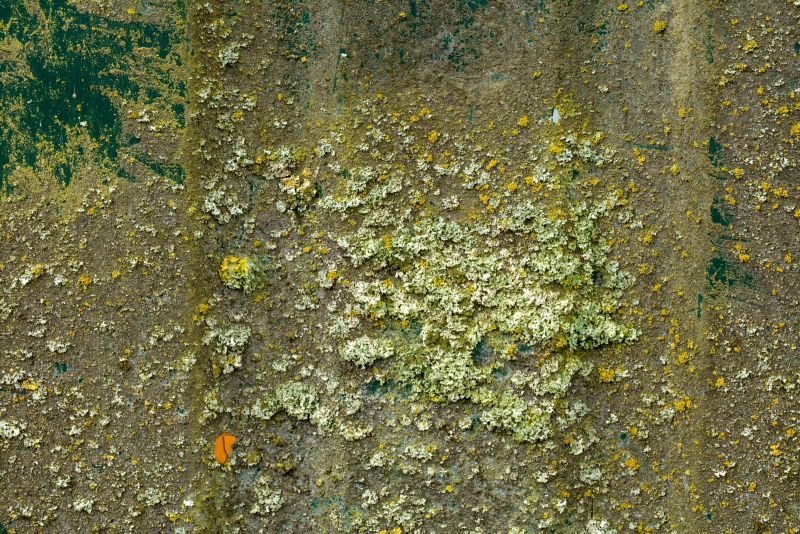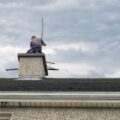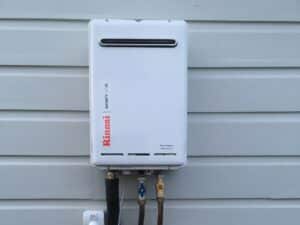Selecting the proper roof moss treatment service for your Hamilton property is a crucial decision for homeowners across the region. With our uniquely humid climate creating perfect conditions for moss and lichen growth, finding a reliable professional who understands local roofing challenges can save you thousands in potential damage and extend your roof’s lifespan significantly. This financial security is a key benefit of choosing the right service provider.
This guide will help you understand what to look for in a quality roof moss treatment provider, what questions to ask before hiring, and why addressing this common issue promptly is essential for protecting your home investment. By taking prompt action, you can be proactive in maintaining your home’s value and structural integrity.
Understanding the Risk to Your Roof
Before choosing a treatment service, it’s important to understand exactly what’s at stake. While moss and lichen might appear harmless or even charming, these persistent organisms can significantly compromise your roof’s structural integrity over time. The Waikato’s climate provides ideal growing conditions, making professional assessment and treatment particularly important for local homeowners.
These unwanted guests don’t just create an unsightly appearance – they actively work to shorten your roof’s lifespan through various damaging mechanisms, potentially leading to costly repairs.
How Moss and Lichen Damage Your Roof
Moisture Retention and Water Damage
Moss functions like a natural sponge, absorbing and holding substantial amounts of moisture from rain, fog, and morning dew. This persistent dampness creates ideal conditions for roofing materials to deteriorate, especially affecting asphalt shingles and concrete tiles common in Waikato homes.
As moss colonies grow, they trap increasing amounts of water against your roof surface. This trapped moisture eventually seeps into small cracks and crevices in your roofing materials, potentially leading to:
- Leaks penetrating your roof structure
- Damage to insulation and ceiling materials
- Water stains and structural deterioration of interior walls
- Growth of mould and fungi that further compromise structural integrity
Physical Damage to Tiles and Shingles
As moss and lichen spread across a roof surface, their root-like structures attach firmly to roofing materials. This growth process creates cracks and gaps between tiles and shingles, weakening their adhesion and making them vulnerable to weather events like strong winds and heavy rainfall.
In advanced cases, moss growth can even cause tiles to lift completely, creating direct pathways for water infiltration. Lichen presents an additional threat by secreting acidic compounds that gradually break down roofing materials, corroding the protective layers of shingles and tiles.
Without proper treatment, this cumulative damage often leads to expensive repairs or premature roof replacement.
Drainage and Gutter Issues
When chunks of moss and lichen break away from your roof, they frequently end up in gutters, creating blockages that prevent proper drainage. These obstructions cause:
- Water overflow damaging exterior walls and foundations
- Standing water that promotes further growth of algae and mould
- Accelerated corrosion and rust in gutter systems
- Potential water damage to landscaping and garden areas
Structural Stress from Added Weight
A substantial layer of moss becomes significantly heavier when saturated with water. This additional weight places unnecessary stress on your roofing structure, which can be particularly problematic for older homes with less robust supports.
Ignoring moss growth can eventually lead to:
- Sagging areas in your roof
- Increased risk of tile cracking under pressure
- Additional pathways for water infiltration
- Potential structural failure in extreme cases
Aesthetic Damage and Property Value Impact
Lichen growth is frequently accompanied by algae, which leaves unsightly dark streaks and stains on roofing materials. Beyond the unattractive appearance, these stains signal an ongoing deterioration of your roof’s protective layers.
A roof covered in dark streaks or discoloured patches negatively impacts your home’s curb appeal and can reduce property value. Potential buyers often interpret visible moss and staining as a sign of poor maintenance.
What to Look for When Choosing a Roof Treatment Provider
Essential Qualifications and Services
When evaluating potential roof moss treatment companies in the Hamilton/Waikato area, consider these important factors:
Experience and specialisation
Look for companies with specific experience treating roofs in the local climate conditions. Ask how long they’ve been operating in the region.
Treatment methods
Quality providers should offer eco-friendly treatment options that won’t harm surrounding plants or soil while effectively eliminating moss and lichen.
Comprehensive assessment
The best providers will conduct a thorough inspection before treatment, identifying all problem areas and potential issues.
Additional services
Consider whether the company also offers gutter cleaning or minor roof repairs as part of its service package.
Proper equipment
Professional-grade equipment and safety gear indicates a serious operation that values both results and worker safety.
Important Questions to Ask Potential Providers
Before hiring any roof treatment service, ask these questions:
- What specific treatment products do you use, and are they environmentally responsible?
- Do you provide before and after photos of the treatment process?
- How long will the treatment remain effective against new growth?
- Do you offer any warranty or guarantee on your work?
- What measures do you take to protect surrounding landscaping during treatment?
- Can you provide references from other homeowners in the Hamilton/Waikato area?
- What preventative advice do you offer to extend the effectiveness of treatments?
Red Flags to Watch For
Be cautious of companies that:
- Cannot provide proper business registration or insurance documentation
- Offer prices significantly lower than other quotes (often indicating diluted treatments)
- Pressure you to make immediate decisions without proper roof assessment
- Cannot clearly explain their treatment process or the products they use
- Have limited or negative online reviews from local customers
- Use harsh cleaning methods like water blasting that can damage roofing materials
Evaluating Cost vs. Value
While cost is always a consideration, the cheapest option rarely provides the best long-term value when it comes to roof treatments. Consider these factors when comparing quotes:
- Duration of treatment effectiveness
- Comprehensiveness of the service (including gutters and downpipes)
- Quality of products used and their safety profile
- Follow-up services or inspections included
- Warranty periods offered
A quality treatment that lasts 2-3 years may be more economical than a cheaper option requiring annual reapplication.
Creating a Preventative Maintenance Schedule
The best roof moss treatment providers will help you establish a regular maintenance schedule tailored to your specific home conditions:
Ensure annual roof inspections, particularly after winter.
Professional treatments every 2-3 years, depending on your specific location and tree coverage.
Prompt attention to any new moss growth between scheduled treatments
Another important factor is regular gutter cleaning to prevent the buildup of organic matter
At The End of The Day
Choosing the right roof moss treatment service in Hamilton and the Waikato region is an important decision that affects both your home’s appearance and structural integrity. By understanding what damage moss can cause and knowing what to look for in a quality service provider, you can make an informed choice that protects your roof for years to come.
Taking the time to research and select a reputable treatment company now can prevent costly repairs in the future while maintaining your home’s value and appearance. Remember that in our humid regional climate, professional treatment isn’t just a cosmetic consideration, it’s an essential part of responsible home maintenance.












